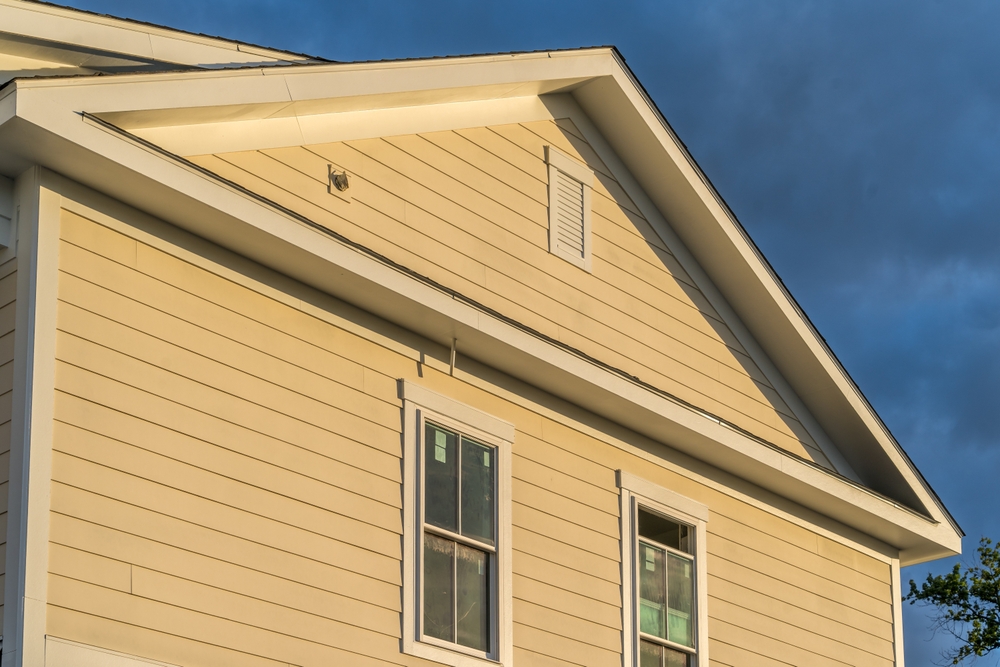Understanding Vanity Drain Height
Vanity drain height is an important aspect of bathroom design. It affects the functionality and aesthetics of your bathroom. Knowing the right height can prevent plumbing issues and make daily routines more comfortable.
Standard Measurements
The standard height for a vanity drain is typically 18 to 24 inches from the floor. However, there are variations based on the type of vanity. Wall-mounted vanities often have the drain higher due to the clearance below. Freestanding vanities sometimes position the drain lower.
Plumbing codes may dictate specific measurements. For instance, the International Residential Code (IRC) provides guidelines for plumbing installations. Always check local building codes to ensure compliance.
Types of Vanity Sinks
- Undermount Sinks: These are installed below the countertop. The drain height often needs to be lower to accommodate the depth of the sink bowl.
- Vessel Sinks: Sitting on top of the counter, these sinks may require the drain height to be higher. This design can add a modern touch to your bathroom.
- Integrated Sinks: These are part of the countertop itself. The drain height for integrated sinks is usually at a standard level, around 20 inches from the floor.
Installation Tips
When installing the drain pipe, measure from the finished floor to the center of the drain outlet. Consider the trap and its placement, as it will impact the total height. The trap, a U-shaped pipe, prevents sewer gases from entering your home.
Use a P-trap typically for vanities. It’s a common, efficient choice for bathroom sinks. Make sure the trap aligns properly with both the drainpipe and the wall pipe.
Account for the depth of the sink and the height of the counter. For example, a counter that is 36 inches high may require the drain to be positioned differently than a 30-inch counter.
Accessibility Considerations
For bathrooms designed to be accessible, such as those conforming to ADA standards, the drain height plays a pivotal role. The ADA recommends a counter height of 34 inches maximum. Ensuring the drain height is compatible with this lower counter is crucial. The sink should allow knee clearance underneath, often necessitating adjustments in drain height and positioning.
Common Mistakes
Misjudging the sink depth can lead to incorrect drain height. It’s essential to have all measurements before installing. Incorrect trap installation can cause leaks and odors. Ensure all connections are tight and properly sealed. Not checking local plumbing codes can lead to non-compliance issues. Always verify current regulations in your area.
Tools Needed
- Measuring tape
- Pipe wrench
- Adjustable pliers
- Plumber’s tape
- PVC glue and pipe cutter (if using PVC pipes)
- Level
Step-by-Step Installation Process
1. Preparation: Gather all necessary tools and materials. Remove any old plumbing fixtures if you’re remodeling.
2. Measuring: Measure the height of your vanity and sink. Mark the wall at the appropriate drain height, ensuring it’s aligned with the sink’s drain hole.
3. Positioning the Drain: Install the drain pipe at the marked height. Use a level to ensure it’s straight. Connect the P-trap, making sure it aligns with both the vanity drain and the wall pipe.
4. Sealing the Connections: Apply plumber’s tape to all threaded joints. Tighten connections with a pipe wrench or pliers. For PVC pipes, use PVC glue for a secure fit.
5. Testing for Leaks: Turn on the water supply to test the connections. Check for any leaks and tighten connections if necessary.
Vanity Drain Height in Renovations
Renovating a bathroom often involves altering the plumbing. Adjusting the vanity drain height might be necessary. Consider the style and dimensions of the new vanity. Ensuring proper alignment can save time and resources. Always plan and measure carefully before starting renovations. Consulting with a professional plumber can help avoid common pitfalls.
Final Considerations
Choosing the correct vanity drain height impacts both comfort and functionality. Every bathroom is unique, and variations can arise from different styles and designs. Always keep in mind the type of sink and counter height when determining the drain height. Proper planning and installation can enhance your bathroom experience.




Subscribe for Updates
Get the latest articles delivered to your inbox.
We respect your privacy. Unsubscribe anytime.